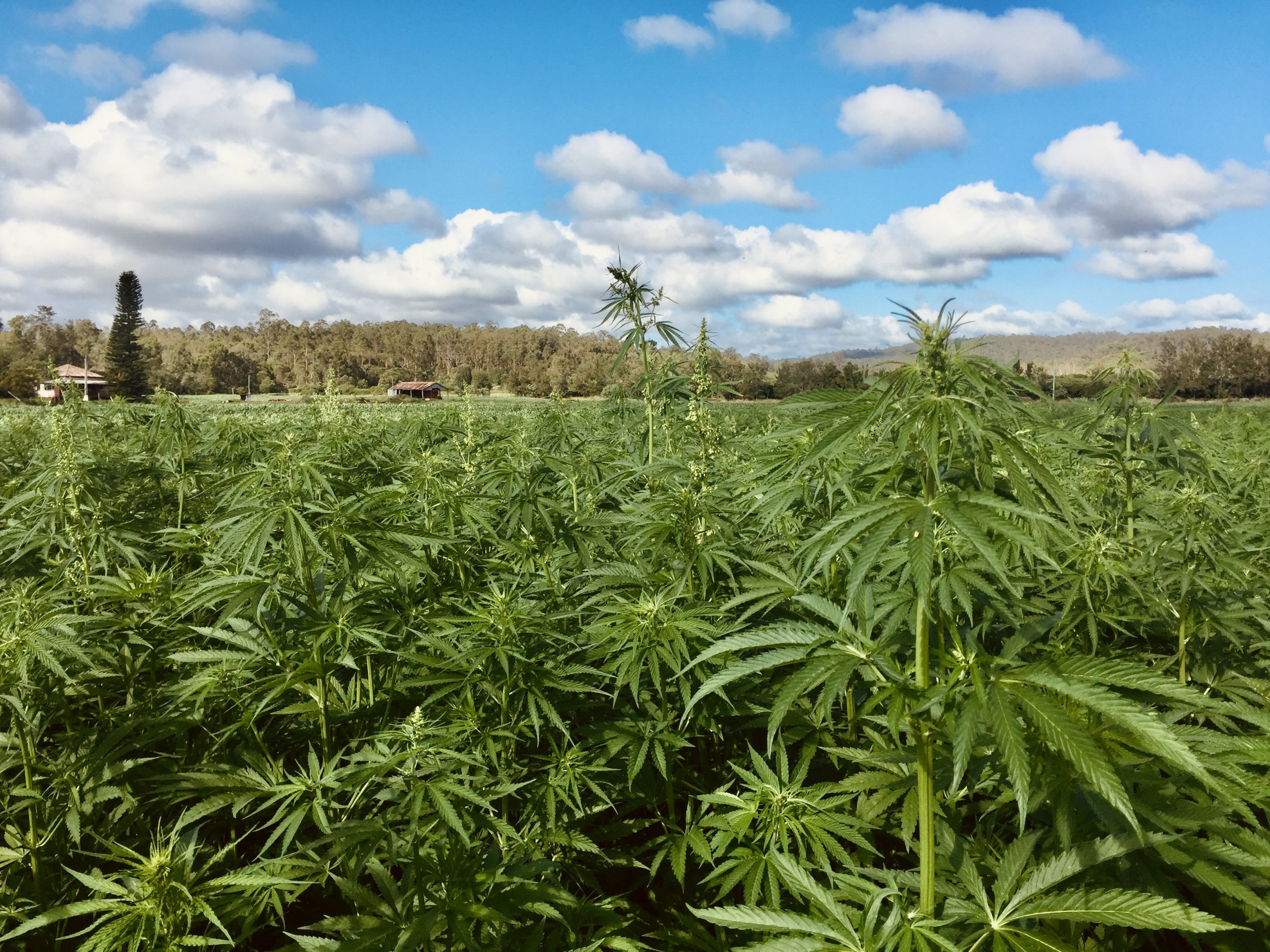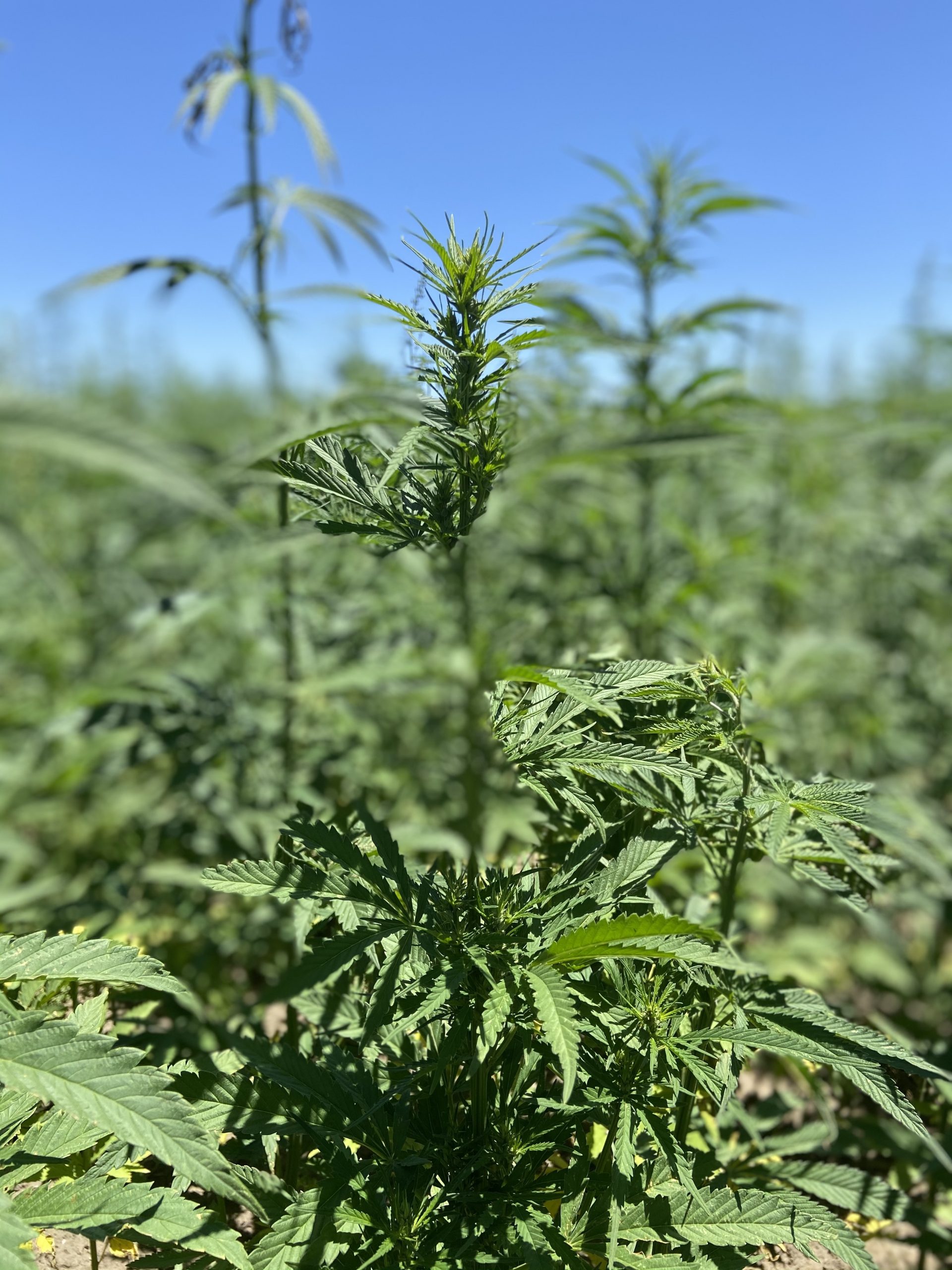As critical as it may seem, there is more carbon dioxide in the Earth’s atmosphere today than any point in history during the last 80,000 years. The rise of CO2 concentrations are responsible for the depletion in our planet’s ozone layer which has resulted in warming of the earths atmosphere, commonly known as the greenhouse effect. Much of the cause for these critical rises can be attributed to unsustainable methods of energy and food production along with illogical practices governing the use of our soils and forests.
Industrial hemp has been dubbed the king of carbon sequestration, it is worth delving deeper into the collective data on hemp carbon sequestration with hopes of enlightening you on the possibilities industrial hemp cultivation presents for reducing the greenhouse effect. As it stands, within 120 days one hectare of industrial hemp grown as dual purpose mid-yield grain and fibre can absorb approximately 11t/CO2 eq./ha, whilst a high-yield fibre crop can absorb 21 Mt/CO2eq./ha (Lhoist, 2016). This makes it one of the fastest CO2-to-biomass conversion tools available, more efficient than any other commercial crop or agro-forestry.
Throughout the 120 day crop cycle, hemp begins sequestering carbon the moment it is seeded. Conservatively, hemp cultivation on average yields a sequestration ratio of 1.5 units of sequestration per unit produced, therefore one tonne of harvested hemp fibre should sequester 1.62 tonnes of CO2. As hemp sequesters carbon from the atmosphere, it is filtered back into soil through a process called biosequestration. Biomass is produced by the photosynthetic conversion of atmospheric carbon, the carbon uptake calculations are derived from dry weight yield.

Image: High density hemp fibre trial crop plantation, using our Farnsfield variety (Hemp Farms Australia, QLD – 2018)
According to the Meat & Livestock Australia, the Australia agriculture farming sector produces approximately 84 million tonnes of CO2 equivalent each year across 31 million hectares for cropping, contributing to 15.5% of Australia’s total greenhouse gas emissions. This amounts to an average of 2.71 tonnes of CO2 per hectare embodied emissions. As a low fertiliser and pesticide/herbicide crop with minimal management input, the carbon emissions of hemp is well below this average. We can safely assume the biosequestration back into soils will offset the cultivation and management emissions.
Like most countries situated close to the equator, the northern half of Australia has the ability to produce up to three crops annually. Hemp can grow in diverse soil types and conditions so long as farmers avoid water logging and ensure their soils have great drainage. The plants long roots help bind soils and combat erosion whilst suppressing weeds through rapid height growth creating a canopy above surrounding weeds beneath. This being said, hemp is a one of the best suited plant species for rotational cropping due to its phytoremediation and biosequestration qualities.
The widespread cultivation of industrial hemp in Australia and throughout the world is vital to the battle against carbon emissions and improvement of our soils for sustainable production of all agricultural commodities. Education and awareness coupled with a longing for making a positive impact on this planet, industrial hemp provides environmental and economical benefits to not only Australia but globally.
Written by: Lauchlan Grout – Co Founder Hemp Farms Australia
References
L Hoist, (BHA – British Hemp Association, 2016)
